The display resolution of the Embedded Touch Display is the accuracy of the screen image and refers to the number of pixels that the embedded touch display can display. Since the dots, lines, and screens on the screen are all composed of pixels, the more pixels that can be displayed on the embedded touch display, the thinner the screen, and the more information that can be displayed in the same screen area, so the resolution is a very important performance One of the indicators. The entire image is considered to be a large board, and the resolution is expressed by the number of intersections of all warp and horizontal lines. In the case of a certain display resolution, the smaller the embedded touch display, the clearer the image. On the contrary, in the case of certain display size, the higher the display resolution, the clearer the image.
The size and resolution also contribute to the overall readability of Industrial Touch Displays. Generally, 6.5, 8.4, 10.4, 12.1, and 15 inches are commonly used in industrial applications. The size provides enough space for visible numbers, signal waveforms, or other graphic data, and does not occupy the device. The requirement for resolution mainly depends on the display information and display data. In the past, the resolutions of VGA, SVGA, and XGA were the most popular. However, manufacturers of embedded touch displays with large aspect ratios such as WVGA and WXGA are increasing. In the aspect mode, one monitor can see longer information waveforms and more data. These industrial touch displays are designed to incorporate the functions of touch keys on the surface of the display, and users can view data on a vertical and horizontal display, or switch to standard aspect ratio displays that incorporate the functions of a touch panel. This new advanced feature greatly helps simplify the user interface.
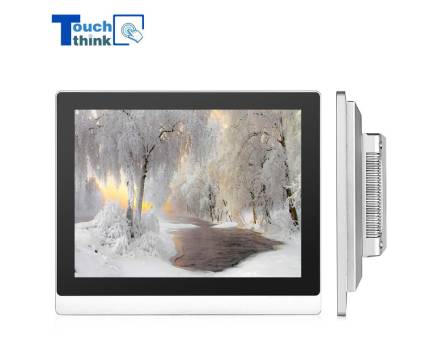
Industrial Embedded Touch Screen Display
LCD is more resistant to temperature changes, collisions, and vibrations than CRTs. Storage temperature for operation is also the main variable for selecting industrial touch displays. Usually, the touch panel display is embedded in a closed container and is part of a large-scale device. In these cases, the temperature will be affected by the heat generated by the closed container and peripheral equipment. Therefore, remembering the actual memory and operating temperature requirements is very important when touching the display. For example, measures such as the use of fans in airtight containers to dissipate the generated heat have been taken, but selecting the touch display that is most suitable for these environments is the most effective method to meet storage and operating temperature requirements. The improvement of liquid crystal materials also makes it possible to expand the temperature range of the LCD.
At present, the temperature range of many LCDs varies from -10 to 70°C. When choosing a Touch Display for use in a usability manufacturing environment, you also need to consider other relatively hidden features. For example, it is important to minimize downtime. In order to achieve the utilization rate, try to choose high-quality touch screen displays. In order to repair on-site, it is important to bring spare parts instead of external repairs. Industrial touch displays also require a long product life cycle. If the manufacturer no longer makes the model, the touch screen should be compatible with the existing sealed container, without the need to redesign the entire system.
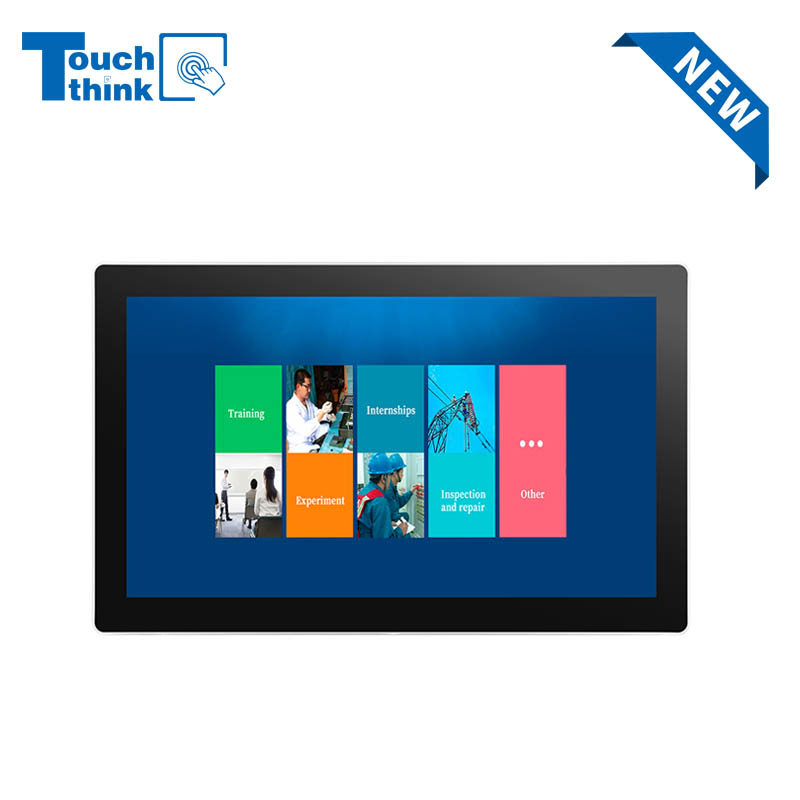
IP65 Wall-Mounted Industrial Touch Screen Monitor | Waterproof HMI Display VIEW MORE
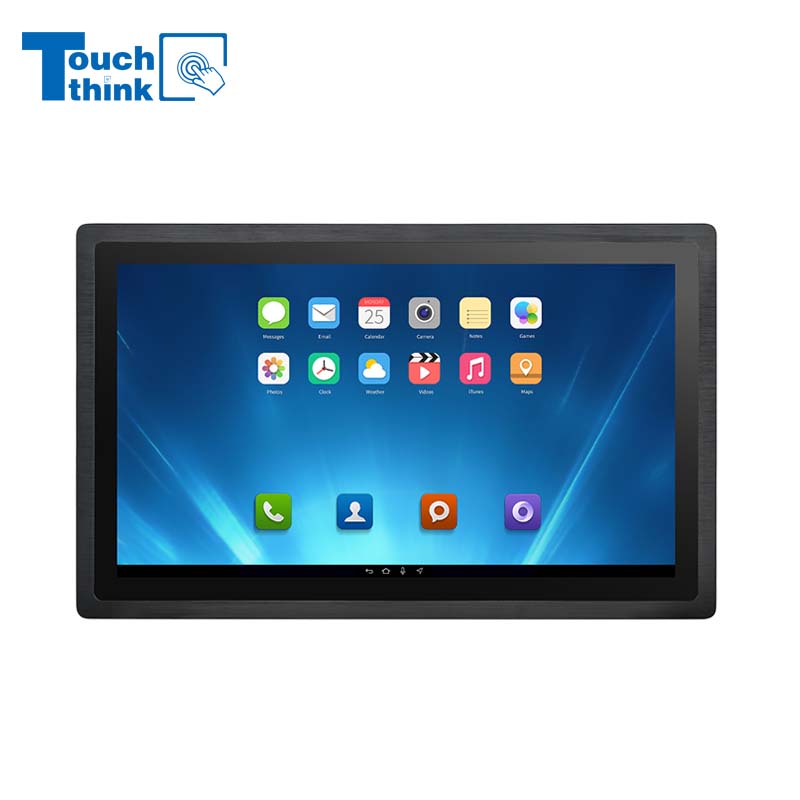
23.8 Inch Industrial Panel PC, Slim Ultra-Thin Design, Multiple I/O Ports, Rugged Touch Computer for IIoT VIEW MORE
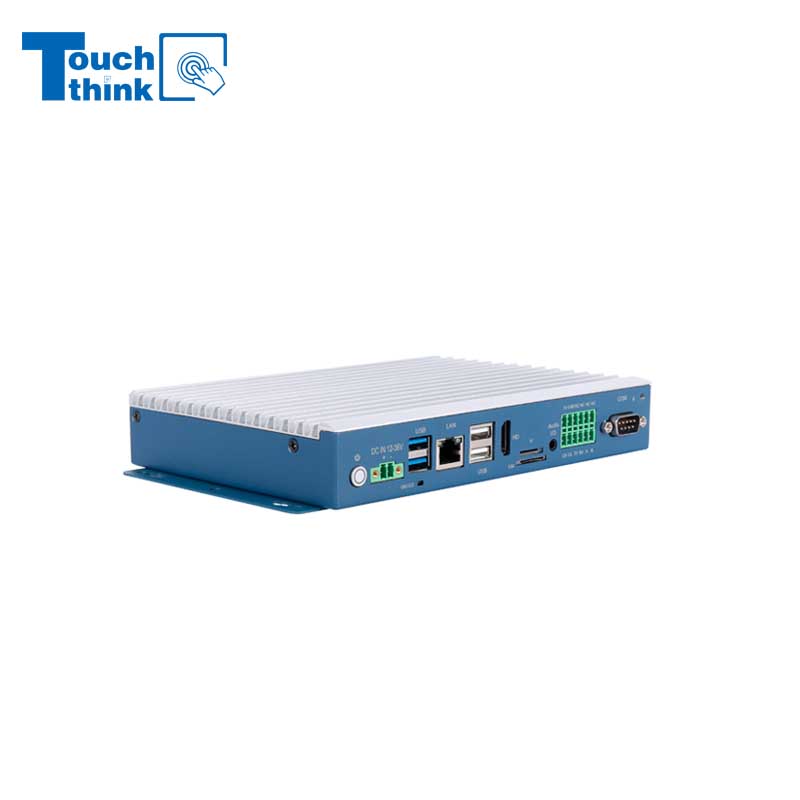
Embedded Fanless Computer ARM Cortex-A55 Quad-Core 64-bit Computers with 1TOPS NPU and Wi-Fi 6 Capabilities VIEW MORE
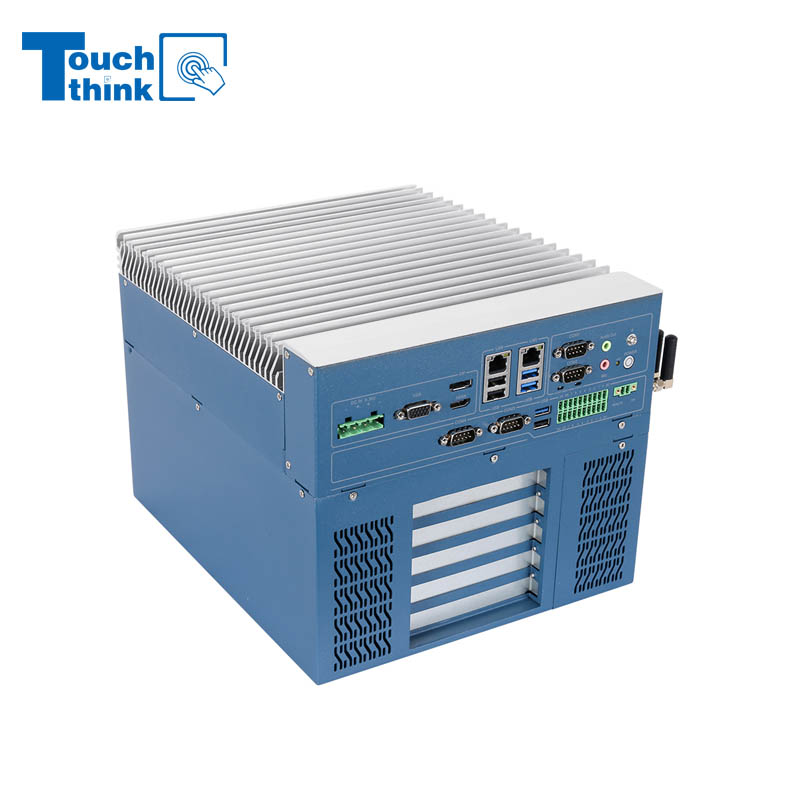
High Expandability Industrial Embedded PC with Expansion Slots PCIex16 PCIex4 9 to 36V Input VIEW MORE
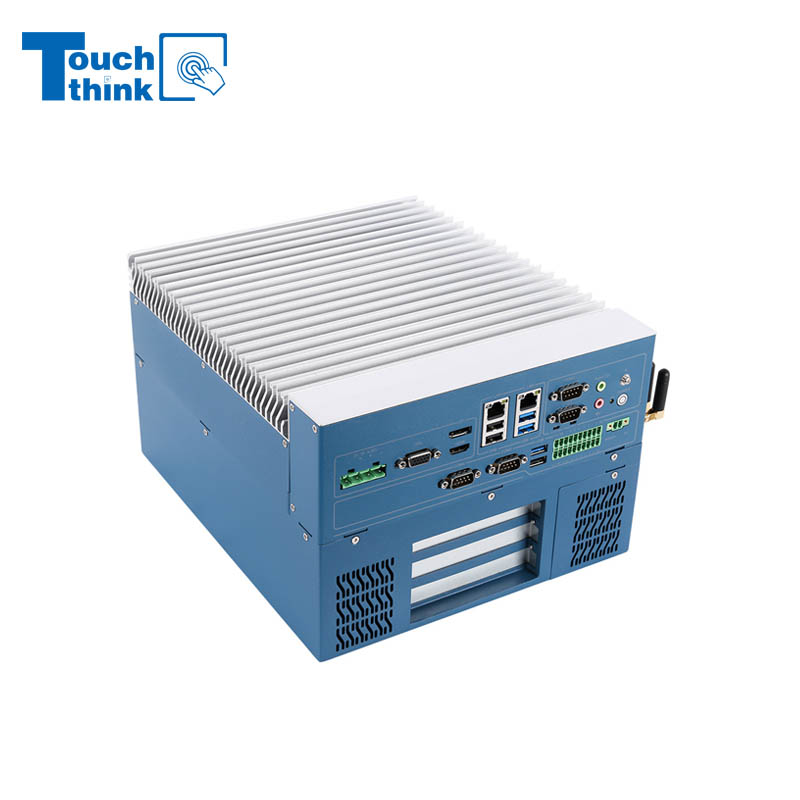
Modular Embedded Computer with Intel® Core 12/13/14th-Gen Processor 2.5GbE LAN VIEW MORE
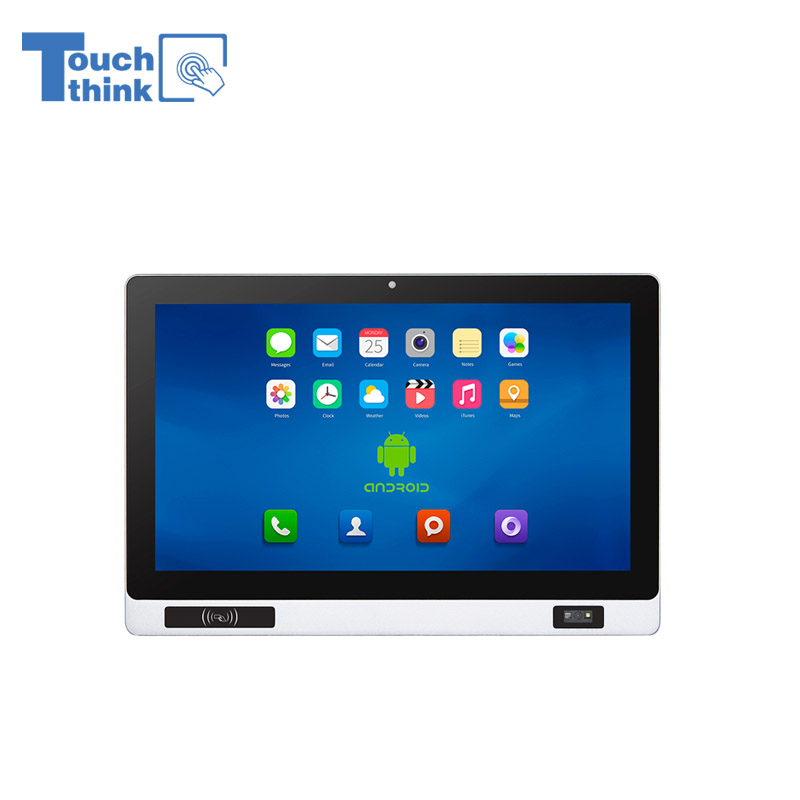
Industrial Panel PC with NFC and QR Code Scanning Functions for Smart Factory VIEW MORE
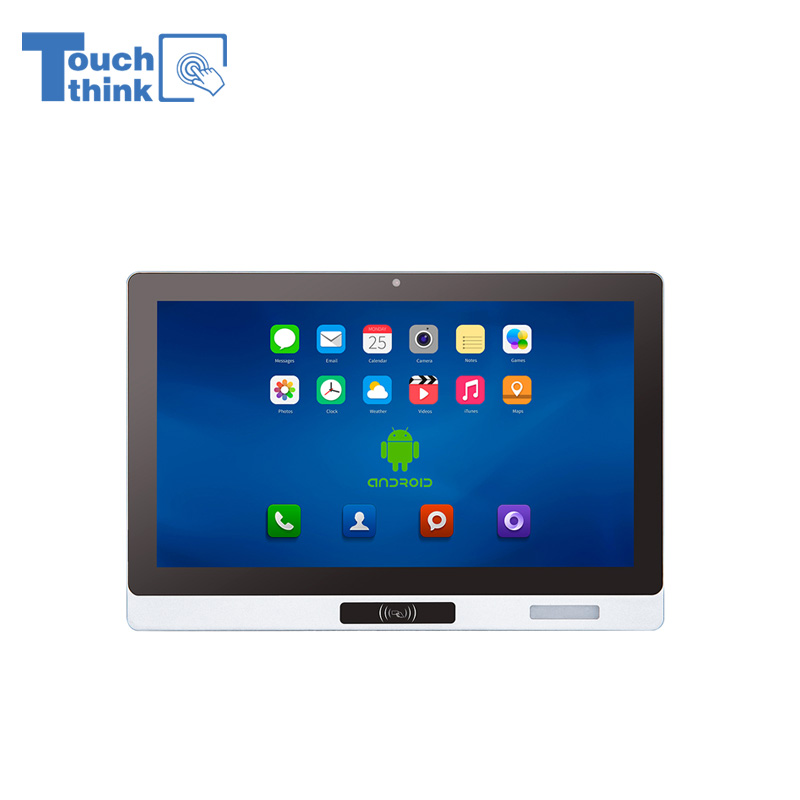
All-in-One Android Panel PCs with NFC/Camera For MES System in Digital Factory 24/7 Use VIEW MORE
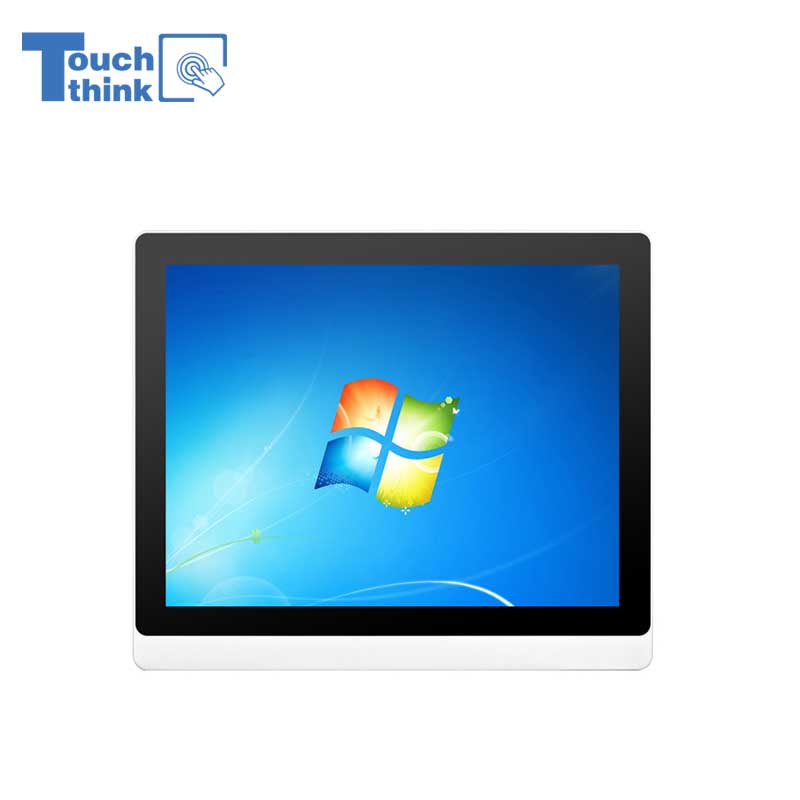
VESA Mount Industrial Touch Panel PC with i3 i5 i7 Processor Desktop Computer 8GB DDR4 128GB SSD VIEW MORE
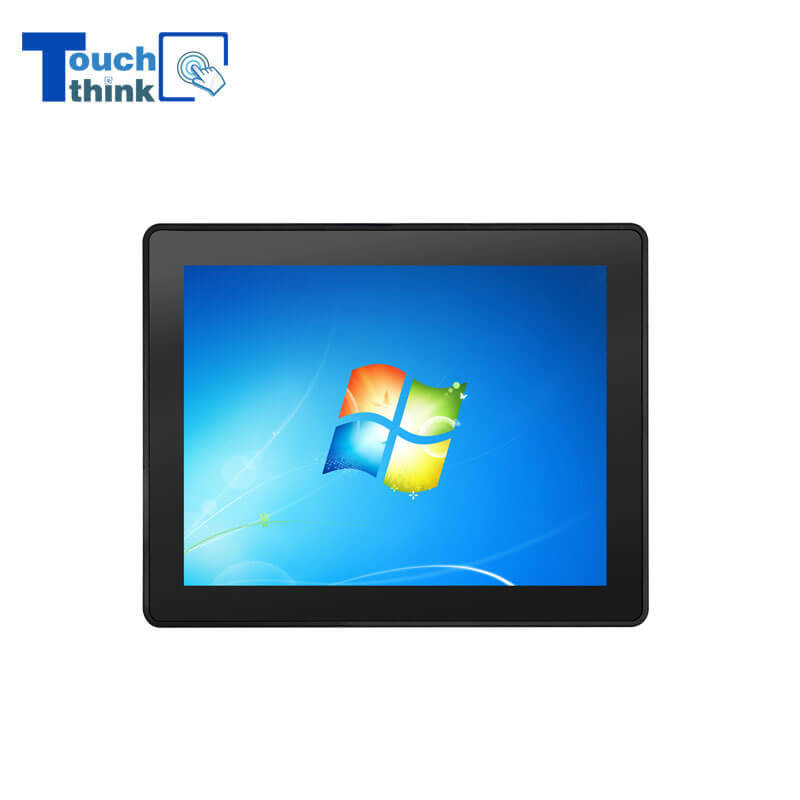
Rugged IP65 Industrial Touchscreen Computer Industrial HMI Panel PC VIEW MORE
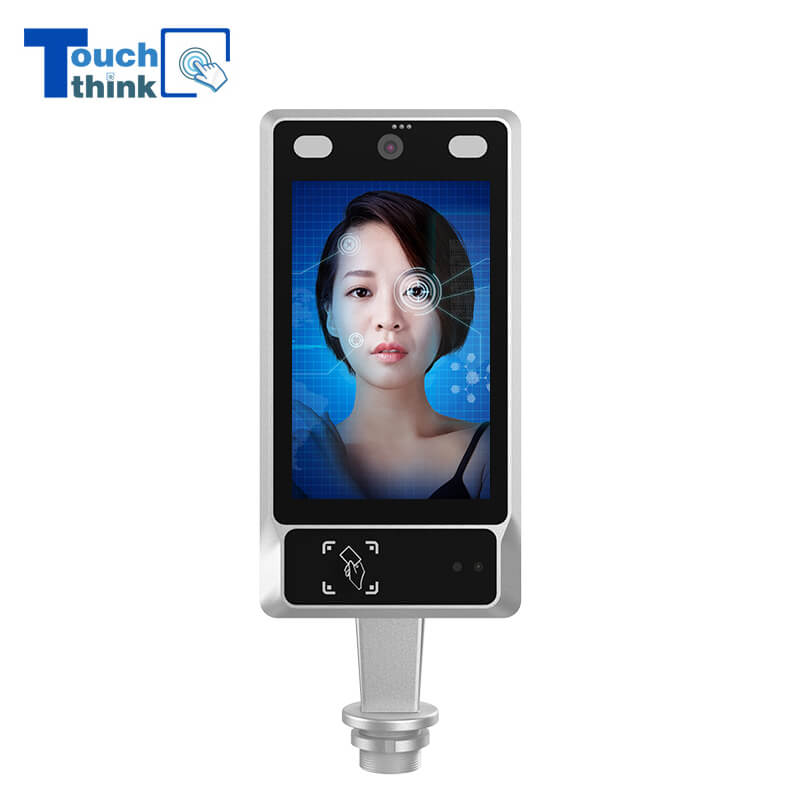
8 inch Facial Recognition Terminal For Turnstile Access Control VIEW MORE
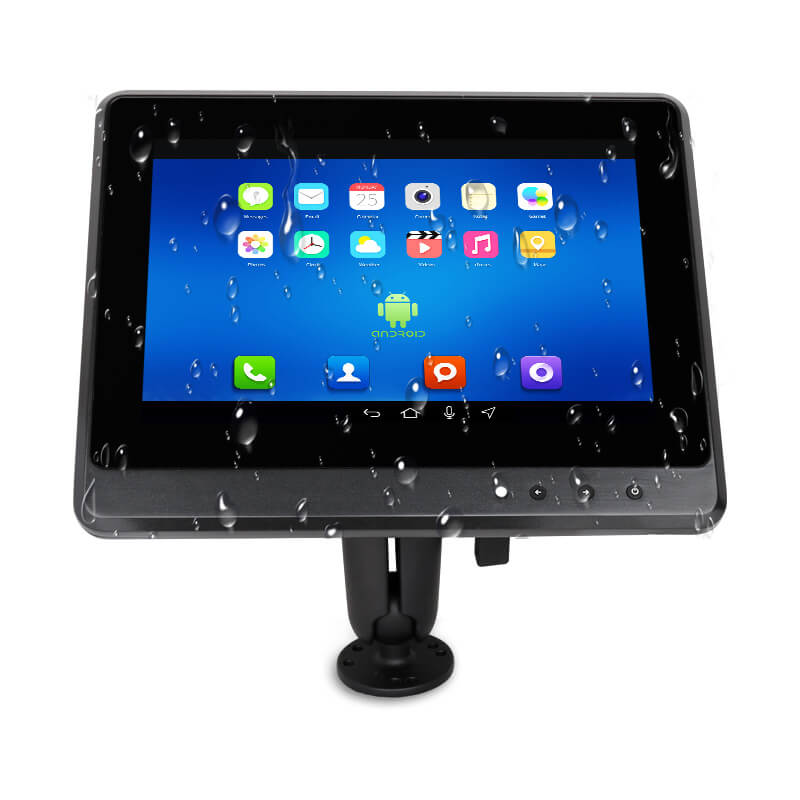
Android In-Vehicle Industrial Panel PC Vehicle AGV Computer VIEW MORE
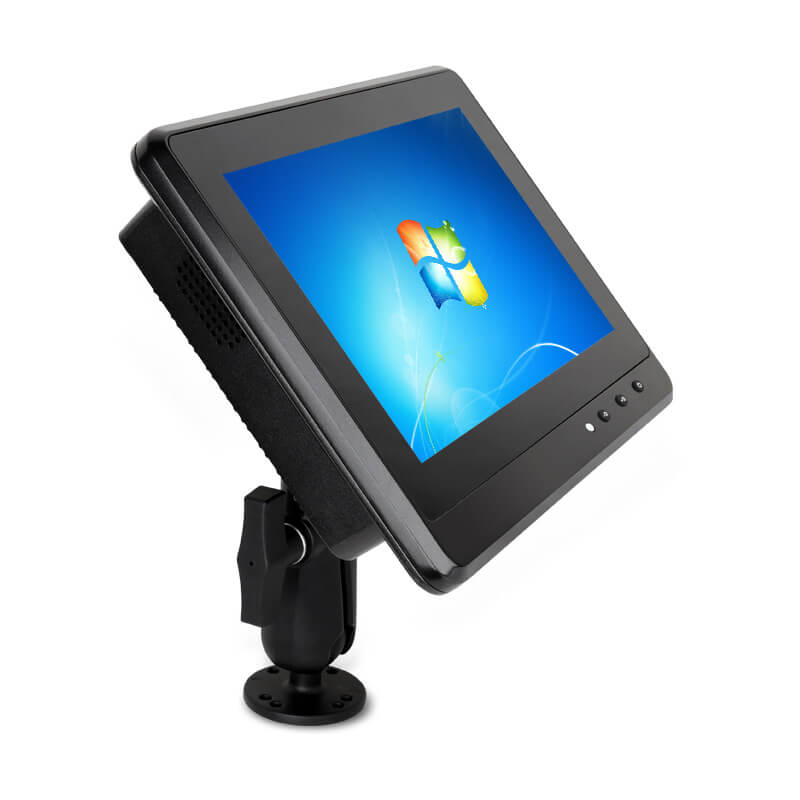
Transportation Panel PC Windows Vehicle Mounted Touch Computers VIEW MORE
Copyright © Shenzhen Touch Think Intelligence Co.,Ltd. All Rights Reserved Update cookies preferences